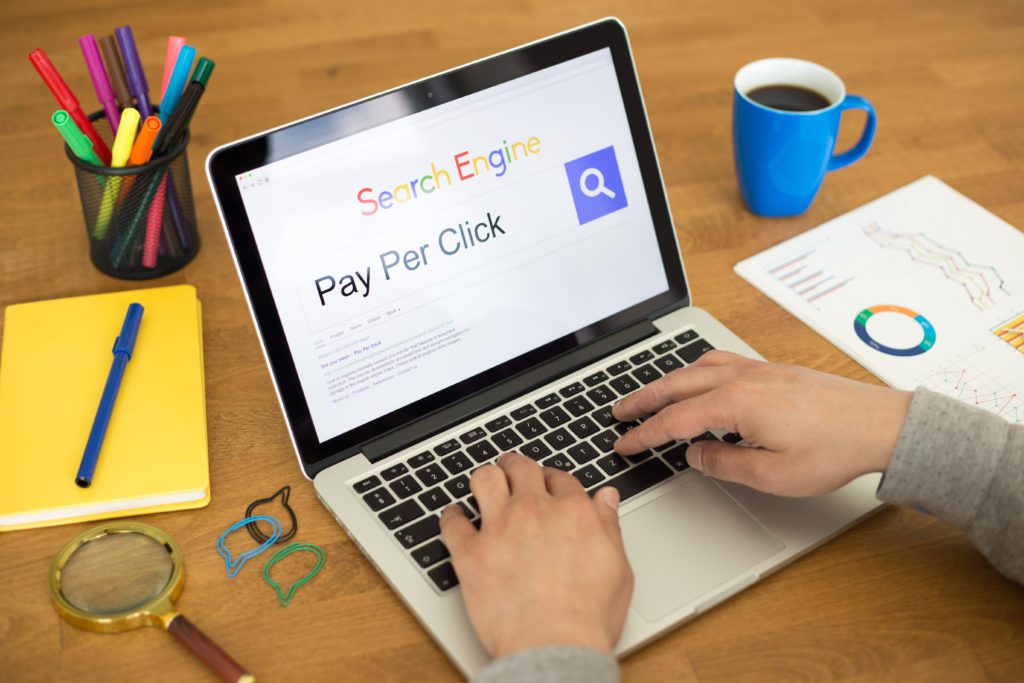By
Nirveek Ghosh
Sep 02, 2022

240 characters is all that is allotted for advertisers to catch a person’s attention on Google Ads. Not only do you need to include pertinent information about your product or services in 240 characters but the copy should also be engaging, informational, and include a clear call-to-action (CTA).
Effective Google Ad copywriting takes time, creativity, and effort. Yet a few little missteps can end up undoing all of this hard work.
Here is a quick guide to help make sure you aren’t committing these common Google Ad copywriting mistakes and hurting your chances of ranking.
With a limit of 130 characters, people tend to feel the need to go overboard with capitalization to try to make a quick point. However, this overcapitalization tends to end up on random words that don’t require it, making the post feel crowded and confusing.
When writing ads, use either title case or sentence case.
Pro tip: Using title case in Google Ads results in higher click-through rates.
It’s time to brush up on your grammar! Comma usage counts when creating Google Ads. You don’t want to overuse them, but don’t want to underuse them either as comma usage can alter the meaning of what you are saying.
Who doesn’t love emojis?! Google. Google doesn’t. Not in ad text at least. In fact, the Google Ads team has explicitly expressed that the usage of emojis violates their policy guidelines.
Using numbers or symbols that are unnecessary in your ad copy is not recommended. The exception to this is if you need to include an asterisk to note that conditions apply or if your name includes them such as “Ben & Jerry’s”.
Here is yet another reminder to use proper writing rules. Without proper punctuation, your ad copy can appear unprofessional and done in a hurry.
Additionally, being aware of the number of characters you have is important here. If you can, end the first description line with punctuation, as this can make your ad eligible for a mega-headline. A mega-headline is when your headline and your description line combine to create a longer header. This will be beneficial as ads that have mega-headlines tend to receive higher click-through rates!
While abbreviated language such as “BTW”, “FYI”, and “LOL” have become part of our everyday language, this doesn’t mean they should be incorporated into ad text. Not only would this be unprofessional, but not everyone understands them as some are generational or even location specific. This can end up hurting you as your message will not be fully understood by your audience. This also means you shouldn’t shorten “You” to be “U” either just to save a few characters.
It’s tempting to look to exclamation points to create urgency in your ad copy. However, the overuse of exclamation points by using multiple in a row or at the end of consecutive phrases is viewed negatively by Google as it can look spammy. Use your creativity to develop enticing copy that will sway your audience instead.
If you haven’t picked up the pattern by now, it’s that Google cares about your writing standards in the same way your English teacher would. This means you are going to want to run your spell check, just like you would before turning in a paper. Thanks in advance Grammarly!
Google rejects ads that do not follow its clear and informational style for Google Search results. That’s why if your ad copy incorporates a general call-to-action such as “click here” it will be flagged. This is because this call-to-action could apply to any ad. Instead, try using a more specific call to action such as “Subscribe” or “Get a Quote Today”.
Omitting spaces to save characters or adding extra spaces for emphasis is not recommended. This also includes bulleted lists.
Essentially, copywriting for Google Ads is when all of your years of English class pays off! Follow standard writing conventions and don’t treat ads like you’re writing a text message to a friend, or even a typical social media post. Best practice is to let the words do the talking!
If you need assistance with a Google Ad campaign, don’t hesitate to reach out to our paid ads team.